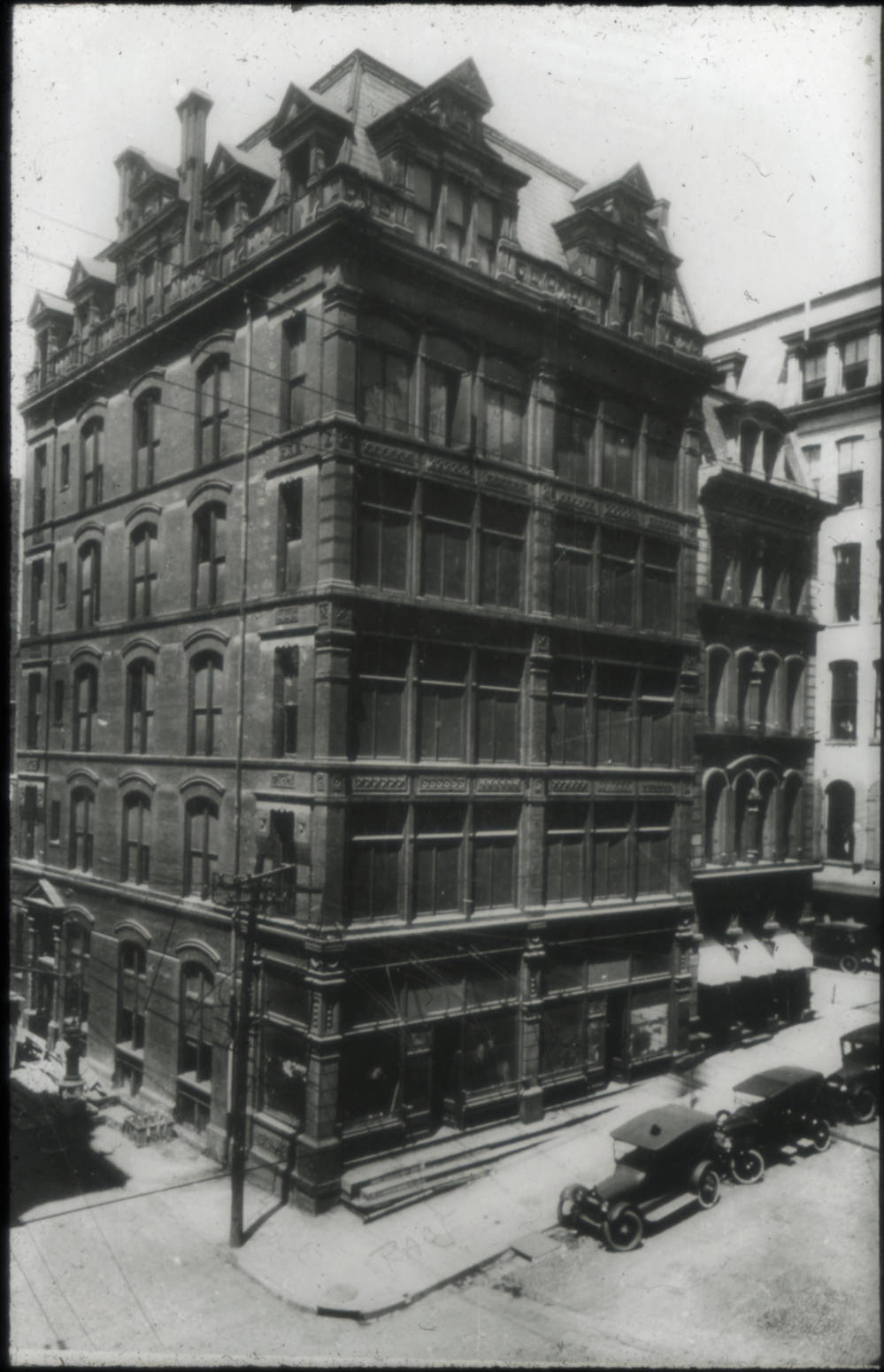Award-winning cultural historian and executive communications strategist Bob Batchelor looks at the changes in leadership for a new culture-driven workplace. Leadership is no longer about wielding raw power like a scythe. The days of the tyrannical “Type-A” leader are fading fast. The new aspiration is to ignite a fire within others. Authenticity, transparency, and empathy are now the new leadership cornerstones. By genuinely connecting with their teams, leading by example, and fostering trust, leaders empower individuals to flourish and innovate.
Read moreThe Bourbon King, The Inside Story: George Remus as a Business Leader
At the height of his power, George Remus purchased an office complex at 225 Race Street on the southwest corner of Race and Pearl Streets, renaming it the “Remus Building.” The lobby tile display (allegedly from the famous Rookwood Pottery) spelled out “Remus,” which he thought demonstrated his authority. For his second-floor office space, Remus spent $75,000 on lavish furniture, accessories, and equipment, as well as a personal chef.
(Courtesy Public Library of Cincinnati and Hamilton County, Cincinnati History Slide Collection)
George Remus as a Business Leader
Remus cashed out in Chicago and took his fat stacks to Cincinnati, the epicenter of the bourbon and beer industries in the early twentieth century. He parlayed his life earnings into a fortune that some estimate reached $200 million, which would be many billions of dollars today over the course of about two and a half years.
Remus realized that he could control every aspect of the bootlegging business, from production to distribution via other rumrunners and liquor operatives, while also selling directly to consumers. He called this idea “the circle,” which was probably modeled on what J. D. Rockefeller had done in the oil business. “Cornering the market” was a popular idea in the 1920s, a decade and a half after President Theodore Roosevelt had criticized business leaders for attempting to create corporate monopolies.
“Remus was to bootlegging what Rockefeller was to oil.”
— Paul Y. Anderson, St. Louis Dispatch
Basically, like Rockefeller in oil or J. P. Morgan in steel, George wanted to create a network that controlled all aspects of the bourbon industry, from creating the product in Kentucky distilleries to shipping and distribution, and then through the sales process. If he controlled all these points—thus creating the circle—he would dominate the market.
Creating this national network took a lot of money and a lot of hubris. Remus had both in spades. He pulled it off, but in the end, faced some of the same challenges businesses have always faced: lack of talent to manage the organization and deals that fell through. Remus needed henchmen that were as smart as him and he had trouble finding them. Then, his “sugaring” network—the term for bribery in the 1920s—fell through. These challenges essentially put him out of business.
Check out The Bourbon King: The Life and Crimes of George Remus, Prohibition’s Evil Genius for the whole story, including how Remus assessed his own abilities as a corporate leader.
